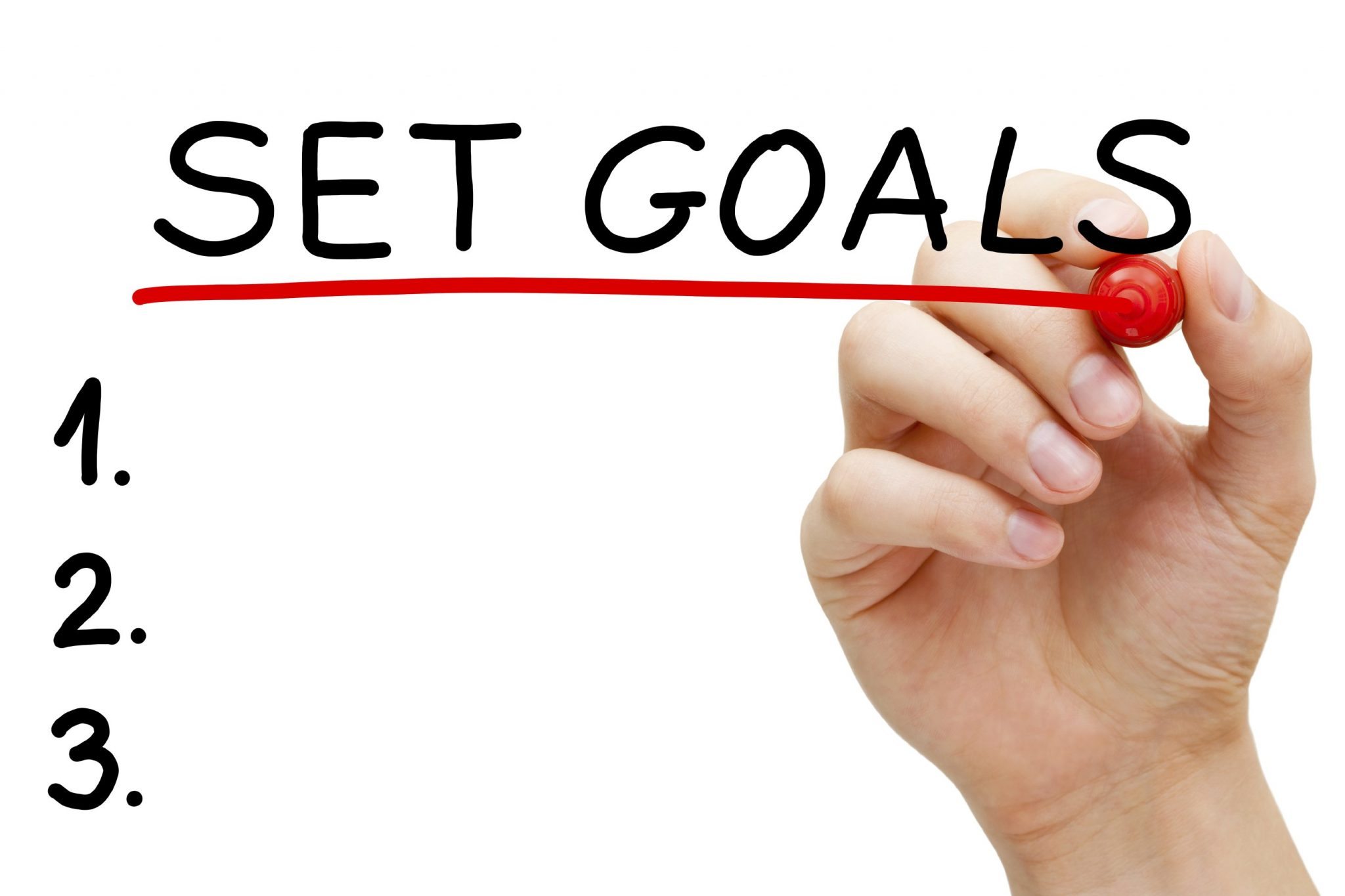Russell Williams founded Invention Home over 6 years ago to assist inventors with the marketing and licensing of their ideas. He’s been asked nearly every invention-related question in the book, and shares his wisdom with you in this series, "The Inventor Q&A."
Question:
I have a new invention that I have been thinking about patenting for a while; do you think I could file a patent application on my own?
Answer:
I would say that the answer depends on the type of patent application you are filing.
If you are considering filing a utility patent application, I would caution you against filing the application on your own. I realize that there are many books on the topic of filing your own utility patent application, however, the process and level of detail required are not easy. Even with patent filing books as your guide, the process is difficult and requires a level of expertise that only comes with experience. Although you may be able to work through the components of the application, it is essential to capture the optimal language in the claims section to maximize the strength of your application. In my view, an inventor should rely on the expertise of a registered patent attorney when it comes to filing a utility patent application.
On the other hand, if you are considering a provisional patent application (PPA), it is possible to file a reasonably good application on your own. (As you may know, a PPA is valid for 12 months, and enables you to term your invention “patent pending” during that time while also preserving your filing date.) A PPA does not require a claims section, which greatly simplifies the process. If you take the time to research and understand the process and carefully script your application with thorough and accurate details of your invention, it’s definitely possible for you to file your own PPA.
Question:
I was thinking about manufacturing my product on my own, but my friend suggested that I look into licensing my product to another company. What is licensing?
Answer:
Manufacturing your invention on your own is one avenue for inventors to consider. But if cash is tight and/or you’re unfamiliar with the ins-and-outs of production, warehousing, marketing, selling, etc., you might want to consider the option of licensing. Essentially, a license would involve finding a company that would take on the development, manufacturing and marketing of your product, and in exchange pay you royalties for the use of your patented (or patent-pending) invention.
When you license your invention for royalties, the end result of all your hard work is to secure a license agreement. A license agreement defines the terms under which the inventor (licensor) agrees to let a third party (licensee) commercially use his invention over a period of time. The agreement addresses how payments are computed (whether the inventor receives ongoing “royalties” or a one-time “lump-sum” payment). Other negotiable items are: royalty rate, up front money (if any), term, territory, etc. For example, the agreement could be limited to a particular area of the country, for a certain period of time or could be structured to allow for licensing to more than one licensee. Whatever the case, licensing your invention can offer many advantages over manufacturing on your own and should be seriously considered.
For help in licensing
an invention, click here for a free information kit.
Read other editions of
The Inventor Q&A:
Eager for more advice regarding your inventions? Check out Russell’s other articles:
- Should I pursue my invention?
- Provisional vs. Non-Provisional Patents: Which to choose?
- The Inventor’s Dilemma: Manufacturing vs. Licensing






